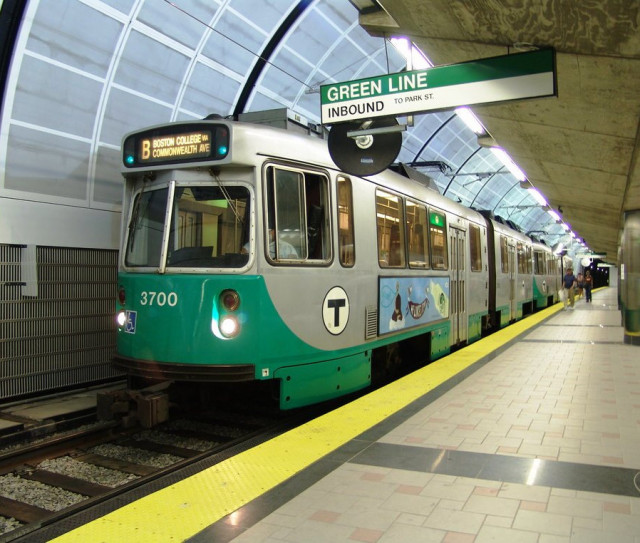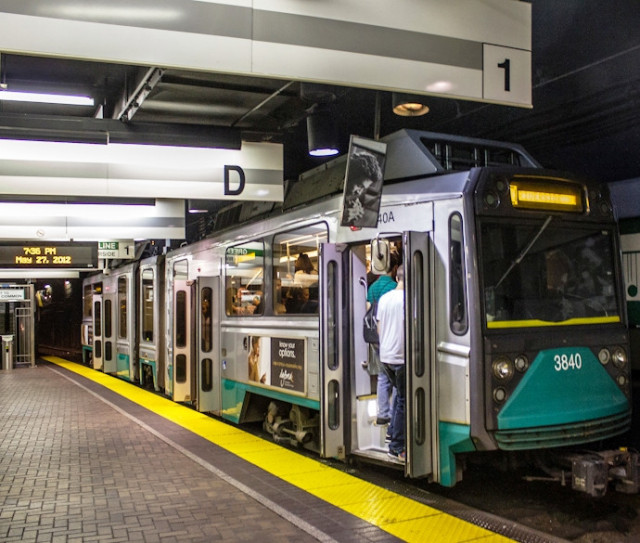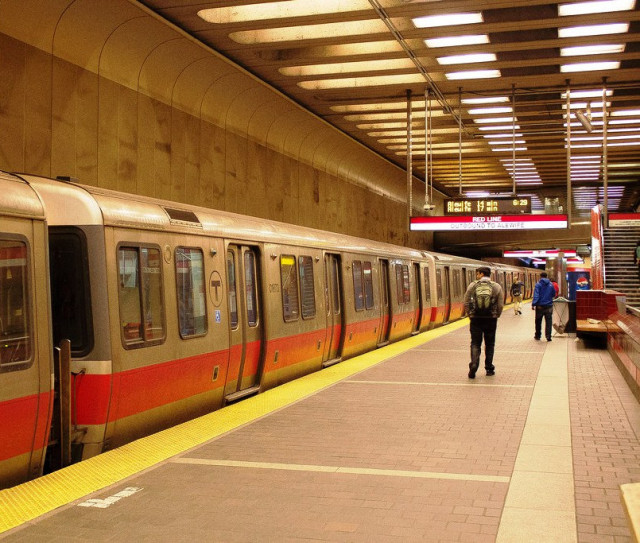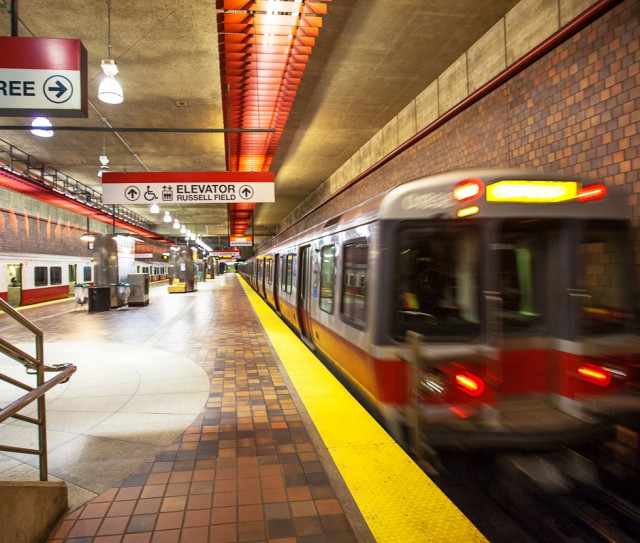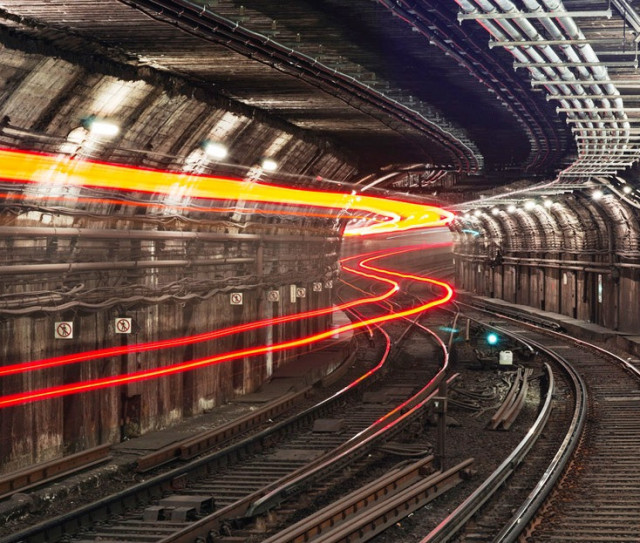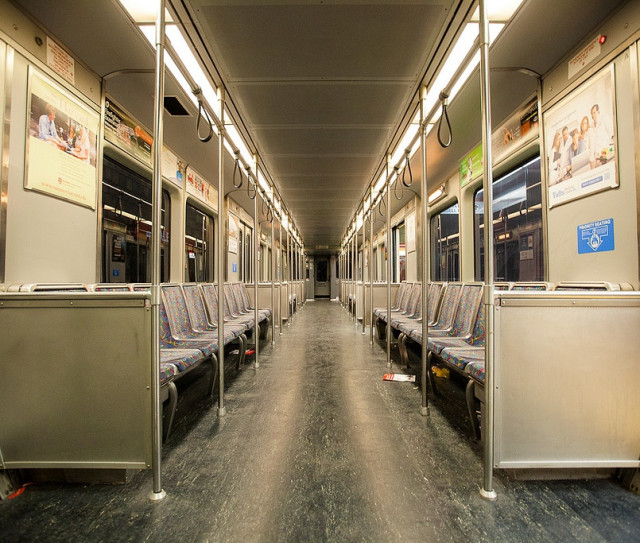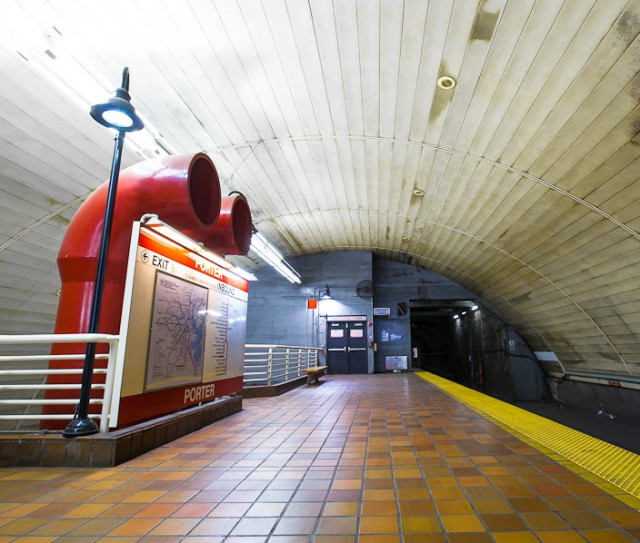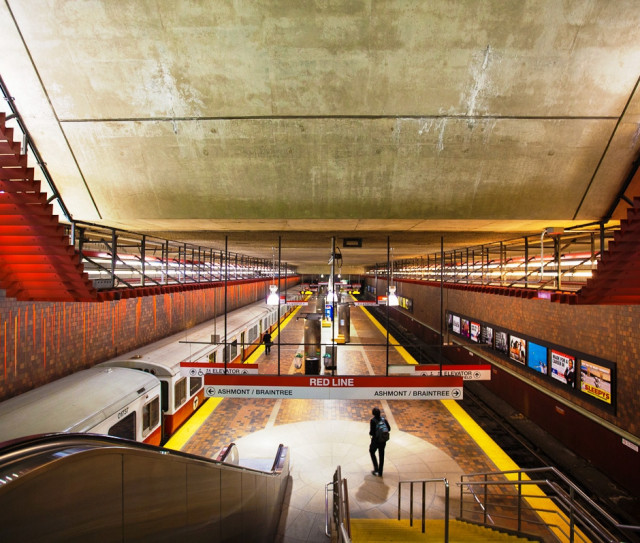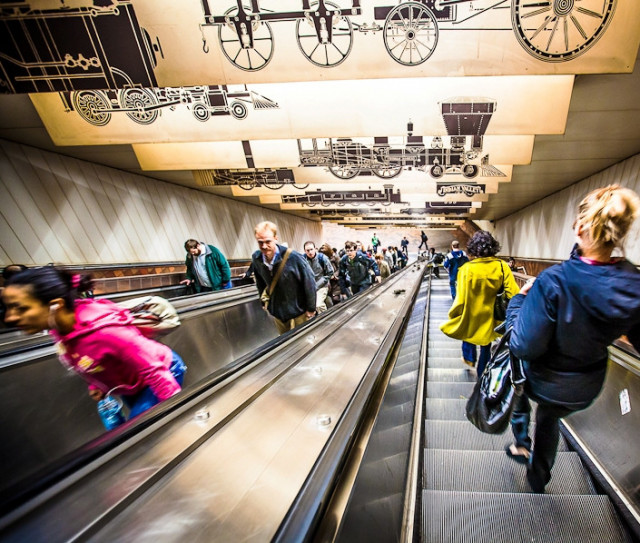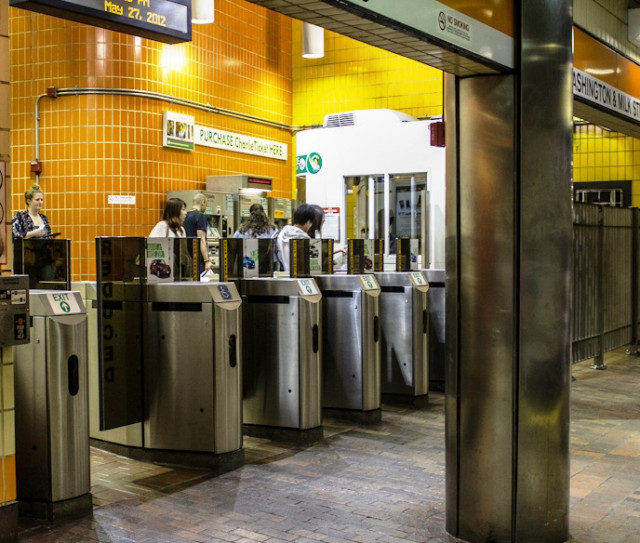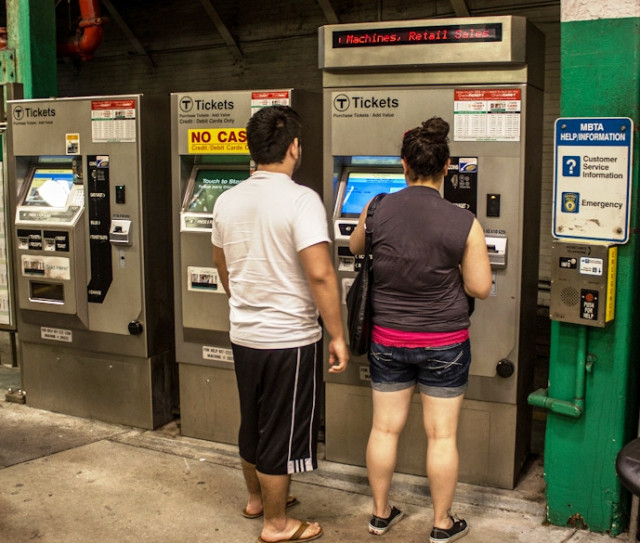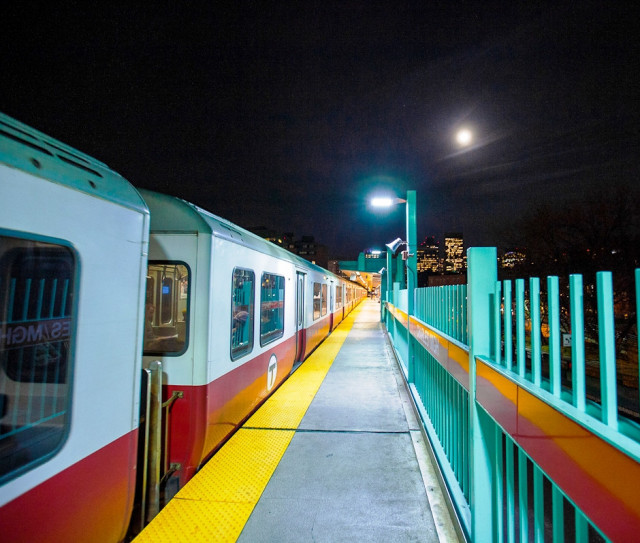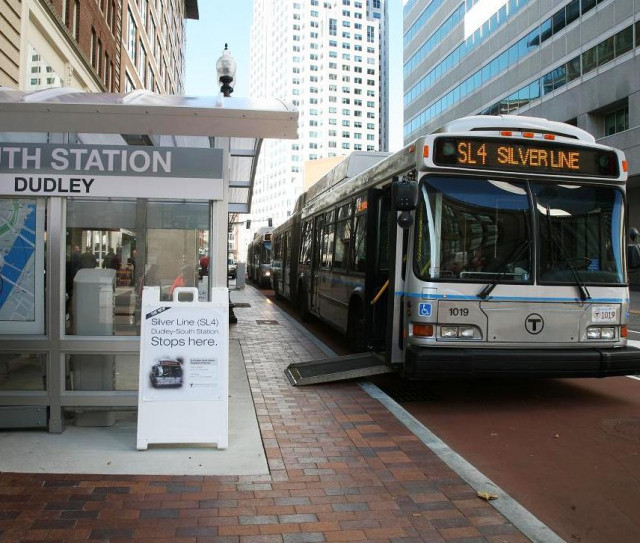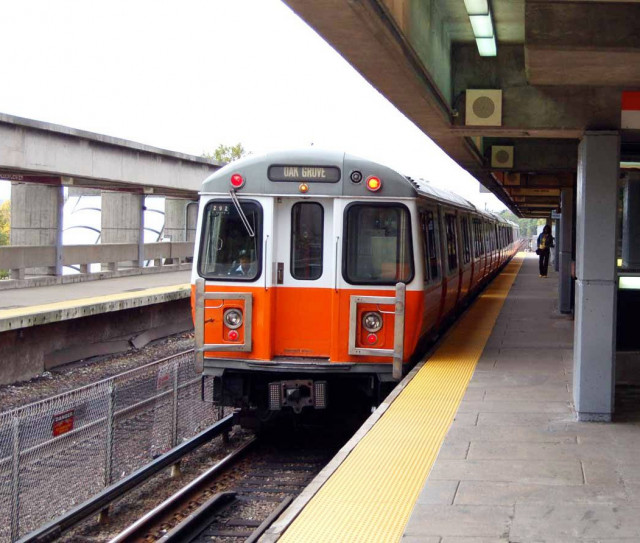Info
Established in 1897, the Boston Subway stands as one of the oldest and most iconic subway systems not only in the United States but globally. With its rich history and robust infrastructure, the Boston Subway has evolved into a vital transportation network that residents and visitors alike rely on daily.
This subway, also known as the "T," ranks as the sixth longest and fourth busiest subway in the United States. Its origins trace back to 1897, when the first line with only three stations emerged in downtown Boston, marking a historic milestone as the nation's inaugural underground subway. Over the course of a century, the Boston Subway has expanded to encompass five lines, both underground and at street level. These lines encompass a combination of classic subway routes, light rail lines, and metrobus services.
In present times, the Boston Metro remains a favored, efficient, and lucrative form of public transportation in Massachusetts' capital city. With a staggering daily ridership exceeding three hundred thousand passengers, it effectively connects the heart of Boston to its surrounding neighborhoods, suburbs, and key attractions. Notable destinations like Faneuil Hall, New England Aquarium, Boston Common, and Fenway Park, among others, are conveniently accessible via the subway. Operated by the Massachusetts Bay Transportation Authority (MBTA), the Boston Subway, in conjunction with the city's extensive bus network, forms a foundational framework for the city's transportation ecosystem. For a fare of 2.40 USD, commuters gain access to this comprehensive system using a reusable paper CharlieTicket. Each ticket remains valid for two hours of travel on the subway and local buses, providing flexibility and convenience.
For optimal value, passengers can opt for day, week, or month passes, catering to their specific travel needs. Entry to stations is facilitated through turnstiles, and it is essential to retain tickets throughout the journey, as fare enforcement officers actively monitor compliance.
Boston's subway stations are marked with distinct signage featuring the iconic T logo enclosed in a circle, or the station name against a backdrop corresponding to the line color. While some stations reflect the subway's age with their vintage aesthetics, many are equipped with modern amenities such as escalators and elevators to accommodate diverse passengers' needs.
Internally, Boston subway stations feature a minimalist and functional design. Despite the occasional wear and tear, the underlying structural integrity of these stations withstands the test of time. Thoughtful navigational aids, color-coordinated design elements, and clear signage ensure that navigating the Boston Subway is a user-friendly experience.
Station platforms of the Boston Subway exhibit a variety of layouts, including coastal designs with curves or inclines. Riders should take note of train routes and destinations, as several stations serve multiple directions. The subway's train fleet comprises distinct, separate cars that have witnessed the passage of time. Powered by a combination of pantographs and a third contact rail, these trains boast automatic doors for efficient boarding and alighting.
In conclusion, the Boston Subway continues to thrive as a symbol of the city's history, connectivity, and urban life. With its extensive reach, user-friendly amenities, and historical significance, it serves as an indispensable lifeline for both residents and tourists traversing the vibrant streets of Boston.
Lines
The subway in Boston consists of 133 stations found on five intertwined lines. There are three traditional subway lines, a high-speed tram, and a metrobus in the city. Each line has its own name and color code: Green Line (green), Orange Line (orange), Blue Line (blue), Red Line (red) and Silver Line (silver). The Green Line and the Silver Line feature 8 routes (4 on each line): GL B, GL C, GL D and GL E as well as SL 1, SL 2, SL 4 and SL 5. The Red Line is split into two routes in the north of Boston. The overall length of the subway system makes 126 km (app. 80 miles). The subway works from 5 AM until 1 AM on business days and on Saturday. It operates from 6 AM till 1 AM on Sunday and on holidays. The trains depart every 3–15 minutes.
Fare
The Boston subway fare is set at $2.40. This fare can be conveniently paid using a CharlieTicket, a reusable paper card, or a CharlieCard, a smart card. Once activated, your ticket remains valid for 2 hours, allowing you to use it on both the metro and local buses. When using Local Bus, Express Bus, Silver Line, and/or Subway services, you can transfer up to two times within this timeframe, paying only for the highest-priced service. For instance, if you use the subway, a local bus route, and another local bus route, you'll only pay the subway fare.
Additionally, the Boston subway offers convenient pass options for seamless travel. You can choose from a 1-day pass priced at $11, a 1-week pass for $22.50, or a 1-month pass for $90.00. These passes come with unlimited transfers and are valid for use on the subway, local bus, and Silver Line services.
Ticketing
CharlieTickets and smart CharlieCards can be purchased and recharged at ticket desks and TVMs that are found at the stations. They accept cash and credit cards. The CharlieCard can be recharged on-line. If you can't find a TVM at the station or you do not have time to buy a ticket, you can pay the fare in cash. However, you will have to pay a 3 USD commission if there were a TVM at the departure point. You can enter the station through the faregate. Keep the ticket throughout the ride as you may have it verified by ticket inspectors.
 English
English Deutsch
Deutsch Français
Français Italiano
Italiano Español
Español Português
Português Русский
Русский Українська
Українська Polski
Polski Čeština
Čeština Ελληνικά
Ελληνικά Türkçe
Türkçe Tiếng Việt
Tiếng Việt ไทย
ไทย 日本語
日本語 中文
中文 한국어
한국어